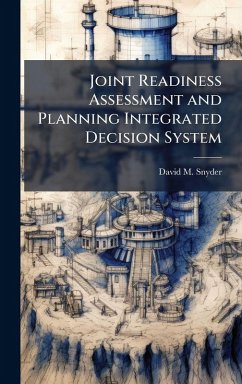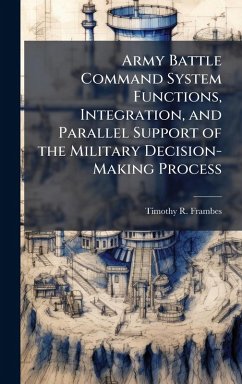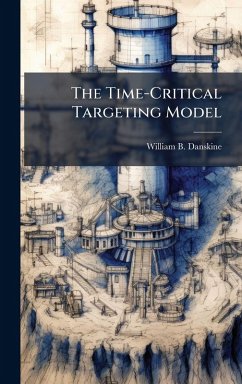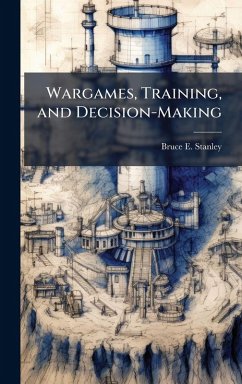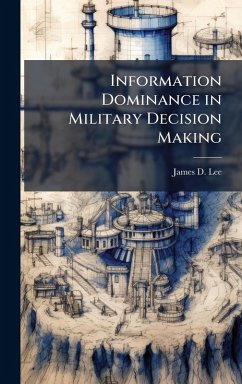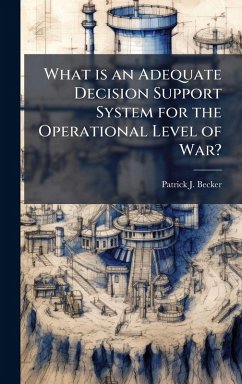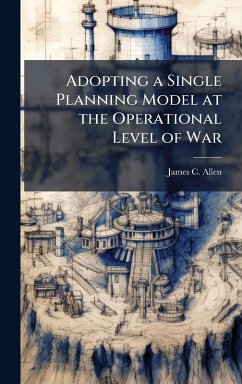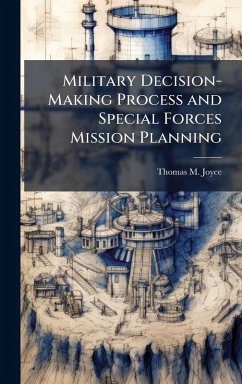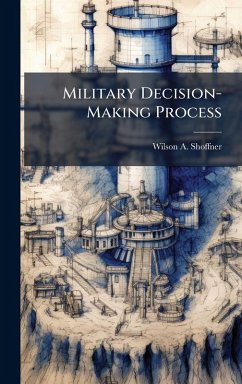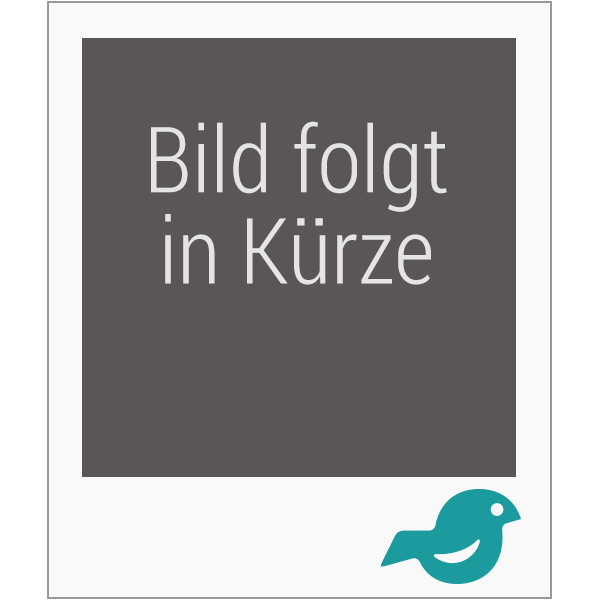
A Bayesian Decision Model for Battle Damage Assessment
Versandkostenfrei!
Versandfertig in über 4 Wochen
28,99 €
inkl. MwSt.
Weitere Ausgaben:

PAYBACK Punkte
14 °P sammeln!
Operations since Desert Storm continue to point out weaknesses. We present a review of the Phase I BDA decision, or physical damage assessment, and model the decision process using a Bayesian belief network. Through subject matter expert (i.e., the targeteers) elicitation sessions, imagery was found to be critically important to the BDA process yet this information is generally not retained. This use of "perfect information" is delineated in the BDA process models. We proposed a methodology based on Bayesian belief networks for incorporating this perfect information. We demonstrate the Bayesia...
Operations since Desert Storm continue to point out weaknesses. We present a review of the Phase I BDA decision, or physical damage assessment, and model the decision process using a Bayesian belief network. Through subject matter expert (i.e., the targeteers) elicitation sessions, imagery was found to be critically important to the BDA process yet this information is generally not retained. This use of "perfect information" is delineated in the BDA process models. We proposed a methodology based on Bayesian belief networks for incorporating this perfect information. We demonstrate the Bayesian belief network's capability to update conditional probability distributions using data generated in real world operations. This capability allows the network's conditional distributions to evolve, increasing model accuracy and reducing uncertainty in the decision. This work has been selected by scholars as being culturally important, and is part of the knowledge base of civilization as we know it. This work was reproduced from the original artifact, and remains as true to the original work as possible. Therefore, you will see the original copyright references, library stamps (as most of these works have been housed in our most important libraries around the world), and other notations in the work. This work is in the public domain in the United States of America, and possibly other nations. Within the United States, you may freely copy and distribute this work, as no entity (individual or corporate) has a copyright on the body of the work. As a reproduction of a historical artifact, this work may contain missing or blurred pages, poor pictures, errant marks, etc. Scholars believe, and we concur, that this work is important enough to be preserved, reproduced, and made generally available to the public. We appreciate your support of the preservation process, and thank you for being an important part of keeping this knowledge alive and relevant.



